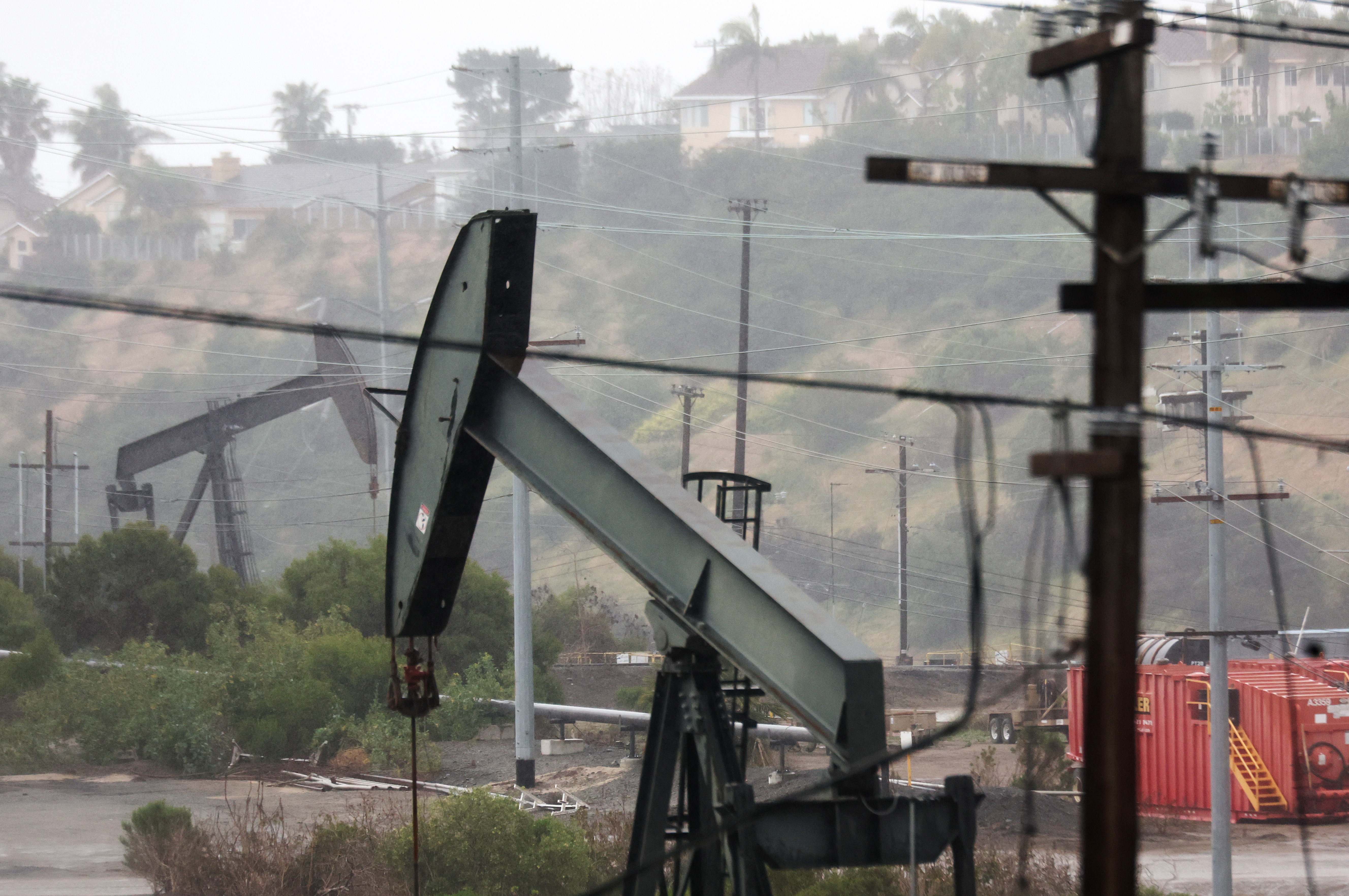Oil prices slump below $100 as IEA floods market and Shanghai lockdown cuts demand

Oil prices have plummeted four per cent on both major benchmarks, with prices below $100 per barrel again.
Brent Crude has dipped 4.26 per cent to $98.40 per barrel while WTI Crude has slipped 4.30 per cent to $94.03 per barrel.
This is a sharp turn from the 14-year highs of $139 per barrel recorded last month.
The decline follows record releases of crude and oil products from strategic stocks from the International Energy Agency (IEA) and the US.
IEA member nations will release 60m barrels over the next six months, with the US matching that as part of its 180m barrel release announced in March.
The release of Strategic Petroleum Reserve (SPR) volumes equals 1.3m barrels per day (bpd) over the next six months.
This is enough to offset a shortfall of 1m barrels per day of Russian oil supply.
However, if the EU sanctions Russian oil – the equation could change rapidly, with the IEA previously warning of a 3m barrel shortfall if it imposes sanctions.
Currently, the EU Commission is drafting proposals for a possible EU oil embargo on Russia, confirmed foreign ministers of Ireland, Lithuania and the Netherlands.
Prices have also been weighed down by continuing lockdowns amid spiralling Covid-19 cases – with reports of food shortages, civil unrest, and people throwing themselves out of windows with the government confining people to their homes.
Bank of America has maintained its forecast for Brent crude to average $102 a barrel for 2022-23, but it cut its summer spike price to $120.
UBS also lowered its June Brent forecast by $10 to $115 a barrel.
“The release of strategic government oil reserves should ease some market tightness over the coming months, reducing the need for oil prices to rise to trigger near-term demand destruction,” said UBS analyst Giovanni Staunovo.
Commenting on future market behaviour, however, he said further rallies were possible due to the unbalanced nature of the market.
He explained: “The oil reserve releases will not fix the structural imbalance resulting from years of underinvestment at a time of recovering global demand for oil. A likely refilling of the strategic oil inventories in some OECD countries next year should keep the oil market tight in 2023. So we continue to advise investors with a high risk tolerance to add long positions in longerdated Brent contracts or to sell Brent’s downside price risks. ‘